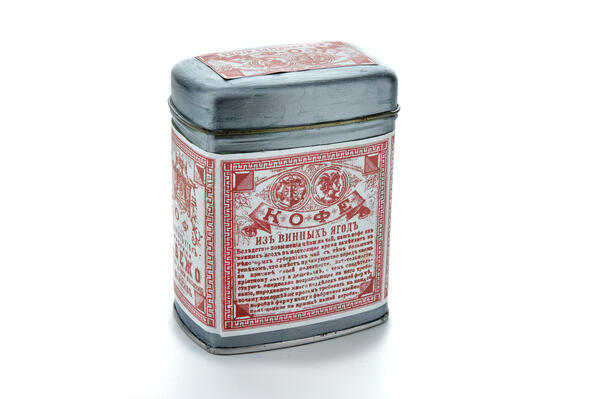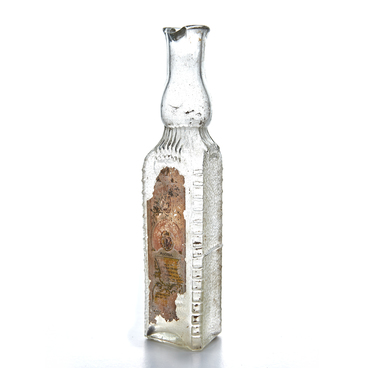Coffee was considered a medicinal drink until the 20th century and was sold in pharmacies. Doctors noted that coffee ’…drains any runny nose and cures colds, is antiflatulent, strengthens the liver; an excellent remedy for scabies; purifies the blood; improves the function of the heart and vital beating of such, brings relief to those suffering from stomach pains and lack of appetite.’ However, this miracle remedy was not cheap — two rubles per kilogram, which was comparable to the cost of a good lunch in a restaurant. Therefore, natural coffee was often mixed with substitutes — plants that resemble coffee in taste and appearance. The most popular were barley, rye, chicory and beet roots, and pulled figs.
Pulled figs, also known as fig, ficus, Smyrna berry, is a fruit from a tree or shrub Ficus carica (fig), which is common on the Mediterranean coast, in the Crimea, and the Caucasus. This is one of the most ancient plants grown by man. Figs are edible both in raw, dried and processed form. Even today, a coffee substitute with a slightly nutty taste is obtained from it.
This substitute started to be produced in Russia in the 1900s. Dried figs were first roasted and then pounded with a pestle. Thus, people received a cheaper substitute for real coffee. It contained neither caffeine nor caffeol — the two most important components of natural coffee — so it did not stimulate the central nervous system.
Nowadays, coffee drinks have a reputation for being a healthier product than natural coffee. For example, figs do not contain fats, salts, and cholesterol and are very rich in fiber, vitamins, and minerals. Drinking coffee made of pulled figs improves cardiac activity and digestion. It is believed that it is good to brew it and drink for bronchitis, pneumonia, and angina. There is no caffeine in barley grains, but it contains a lot of vitamins and micro-elements. Barley coffee improves blood circulation and hormonal levels. Chicory contains a large amount of inulin, a polysaccharide that reduces sugar levels.



